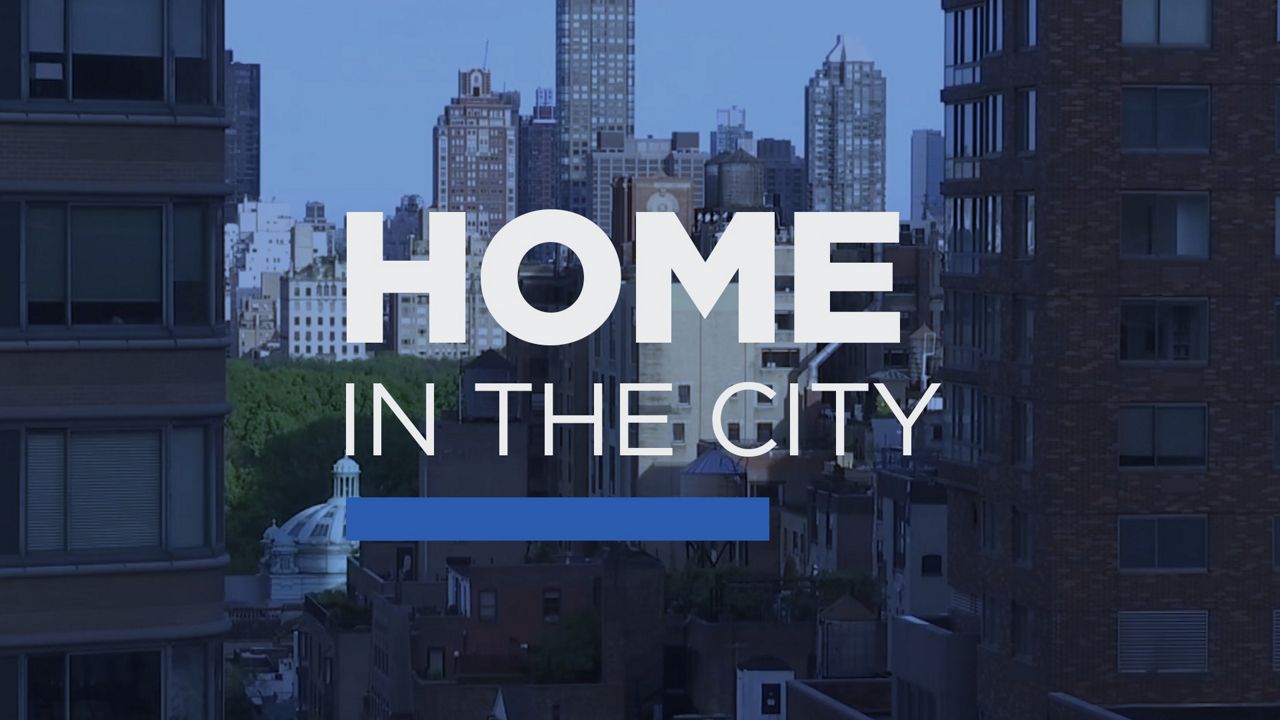
Lines out the door to view a studio with a bathtub in the kitchen. Millions of applications to the affordable housing lottery. Tenants spending their entire lives in the rent-controlled apartments they grew up in. Penthouses listing for nine figures. Basements divvied up into dorm rooms.
To live in New York City is to spend your time searching for — or holding for dear life onto — the place that feels like home. This search unites New Yorkers across demographic divides, even if the stakes vary: A middle class family may strive desperately to find a decent three-bedroom in their child’s school district, while a low-income couple tries to secure a safe apartment within the city limits.
Since last summer, the tension around housing has nearly reached a fever pitch, with rents climbing into the stratosphere even as the rate of new housing construction slows. Each day, it seems, there is dismaying news on the housing beat: A tax break meant to spur affordable housing creation expired earlier this year without a replacement program. Public housing infrastructure continues to degrade. Efforts to rezone and add units to the city’s most sparsely populated districts stall.
Yet the deepening housing crisis has given rise to a new urgency to solve the underlying problems. Activists are making the argument for more housing, while elected officials are proposing laws that would make it easier to construct more housing faster. Everyone is aware that the city is in need of a housing renaissance, as soon as possible.
In this series, you’ll learn how we got here, and how affordable housing works — and doesn’t. We have stories of families trying to stay in their borough, win the housing lottery and get off the streets. And we report on a question that looms in the background of the housing crisis: How to prepare the housing stock for climate change.
As the city faces a housing emergency, join us to examine how New Yorkers find a home in the city.